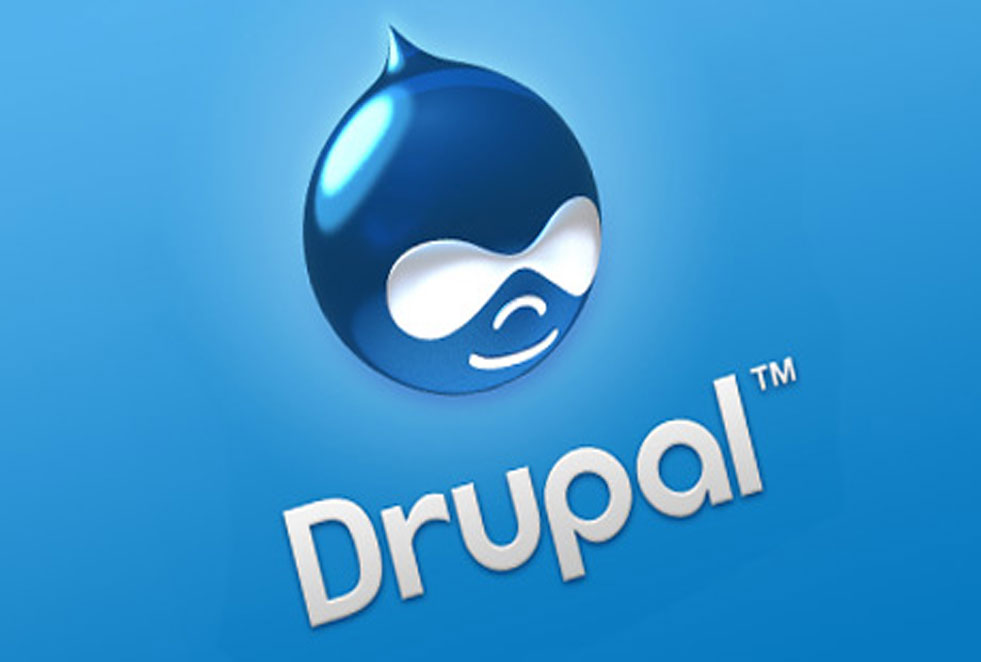When someone views any page in their browser while using a Drupal-powered application, they see the theme that is shown on that page. A theme can be thought of as a layer—sort of like a screen—that stands between your Drupal content and your site’s visitors. Every time a page is requested, Drupal sets up the content to show into structured data. After that, the presentation layer decides how to visually represent the data provided.
Front-end developers design Drupal themes. commonly known as themes or theme designers. Themes are made up of common web assets like CSS, JavaScript, and pictures, as well as Drupal-specific templates for producing HTML markup and YAML files for informing Drupal about the files and features that each particular theme is made up of.
Drupal site themes
Drupal websites appear the way they do because of themes. Themes, also known as theme developers, employ front-end resources including HTML, CSS, JavaScript, and other front-end materials to put a design on their website. Each unique theme is made up of a number of files that specify how your application will be presented. Themes are frequently unique to the particular site they were built for and are typically one of the first locations where code is altered for a Drupal site.
Drupal themes use an existing HTML framework as a base and only override and modify the appropriate templates to make modifications as needed, as opposed to beginning from scratch. Some themes may just need to change a few key components, but others can decide to replace almost everything. In either case, if it’s HTML, a theme can be used to alter it.
Every Drupal component that wants to render content in a browser must offer a straightforward, uncomplicated HTML template for that element in order for this to function. The necessary HTML is rendered from a template for everything from a node’s content to the site logo that appears in the header to the header region itself. To alter the markup that these templates produce, a theme can override them.
Importance of drupal themes
1. PHP language
Because Drupal software is developed in PHP, any Drupal developer must be familiar with it. This is because PHP is a programming language that is adaptable and simple to learn, regardless of your prior knowledge.
2. Other content management systems
Knowing how other content management systems work has benefits. You can use Drupal more effectively if you are familiar with the layout and capabilities of alternative CMSs. Since several CMSs share similar concepts, it can be useful to know how various methods can be applied to the same issues.
3. Package Managers
It’s crucial to use package managers for Drupal installation and administration. But you must be familiar with how those package managers operate. You must be completely aware of what you are doing when installing Sass, Bootstrap, or Drupal with Composer or Node. Package managers are particularly helpful since they can assist you with installing, upgrading, or even deleting software.
4. Version Management (Git)
You must be familiar with version control if you want to begin developing in Drupal. It plays a crucial role in maintaining the project’s organization. Version control makes it simple to manage and maintain them, which is why businesses frequently use it to make managing each client project simple as well. Git, the most popular version control system for Drupal, facilitates effective team collaboration.
5. Twig modeling
The fundamentals of templating are important for developers to understand since they can use them to discover new ideas. The ideas hold true regardless of the language you use because they all have comparable syntaxes. Given that Twig is the primary templating engine for Drupal 8, it is crucial that the Drupal developer is familiar with its fundamentals.
6. Command line interface tools like Drush
Although you don’t need to be an expert with the CLI right away, you do need to be familiar with it well enough to be risky. When dealing with repetitive chores, you can use it to save time, which increases your effectiveness. More clicks from you are required to complete tasks more quickly. Composer, Drush, and the Drupal console is required for Drupal.
7. CSS preprocessors like Sass
It is true that CSS is not well-liked by back-end developers because it has to do with putting a design into practice. Regardless, it’s still beneficial for a Drupal developer to be familiar with it because he may eventually encounter it. Developers enjoy working with the variables and functions that CSS preprocessors provide.
8. Debugging
Debugging correctly can help you save a tonne of time. Because you can’t always rely on error messages, it’s critical that you know how to use tools like XDebug or Devel (a Drupal module) to track down bugs rather than manually running through every line of code.
9. Community
You should familiarise yourself with the Drupal community, where we all support one another. Everybody gives back to the neighborhood. How I hear you ask? If you encounter a problem, you try to fix it and either release a patch or notify the community so that others can assist you. Because of this, Drupal is improving and growing.
Advantages of Drupal
- Both open source software and free use- If Drupal had been for sale, it would still be well-liked. But since this CMS is totally free, it may compete with other comparable systems like Joomla and WordPress. Additionally, the system source is accessible, enabling users to recreate it to suit their needs.
- Pay attention to experienced webmasters- Drupal was first created with the assumption that its primary audience would-be professionals. This sets the system apart from its primary rivals and is its main benefit.
- There’s lots of room for imagination- Web developers can produce resources with the aid of Drupal, disregarding the distinction between intricate and unique designs. This distinguishes Drupal greatly from its primary free rival, which is unable to tout this capability of producing complex designs.
- High rate- Drupal is the fastest CMS when compared to others because it contains built-in caching.
- Rich collection of modules- As with every free CMS, Drupal’s source code is accessible, giving developers the chance to enhance and expand their capabilities by incorporating new modules.
- The existence of further features- Any project designed using Drupal has a head start because of the integrated queries, forums, and multi-blogs.
- Security- This system has strengthened its protection so it does not break down as easily as its free competitors.
- Community of internet professionals- Although Joomla and WordPress have more users, there are far more seasoned programmers in the Drupal online community.
Disadvantages of Drupal
- The challenge of familiarisation- It can be challenging for individuals who have never constructed a website to create and promote one using Drupal. Although it won’t take you long to learn how to use the system’s fundamental features, it can take you several months to fully comprehend it.
- Modern U- Drupal is challenging to master because of professional construction systems. It is not particularly intuitive because of its complicated UI.
- High technical specifications- You must be ready to give up inexpensive flights and pay an exorbitant hosting charge before using this CMS.
- The scarcity of top-notch designs is available for free- The majority of system users are working on self-improvement projects. As a result, there aren’t enough good subject ideas for the website design.
- Installation of program modules and updates is difficult- Due to the fact that the Drupal software requires FTP to be installed in order to get updates and new modules, this system is challenging for web developers who were previously just had to work with a straightforward CMS.








